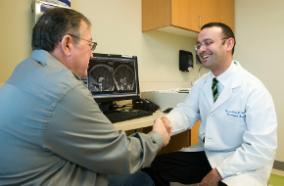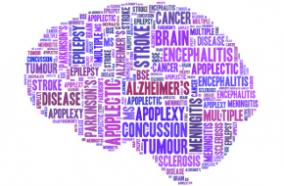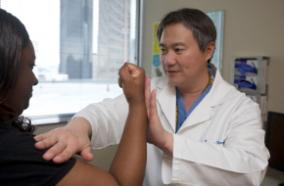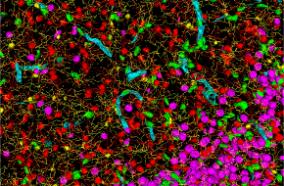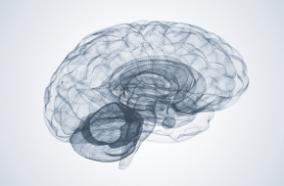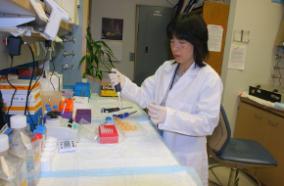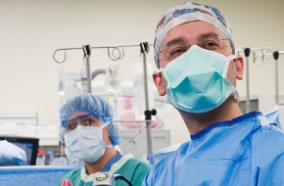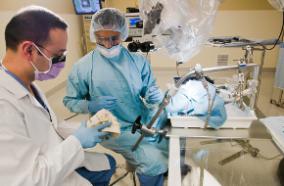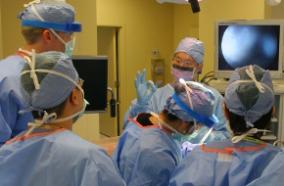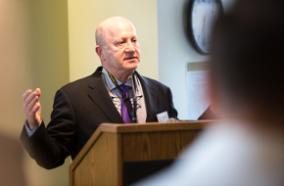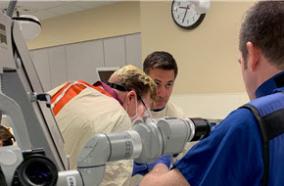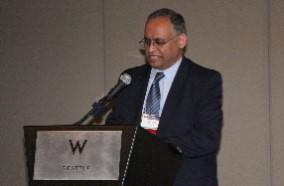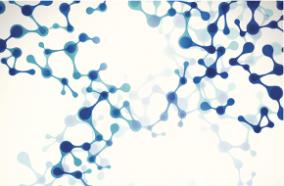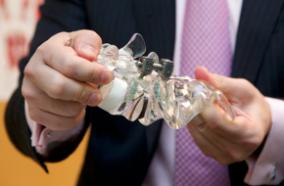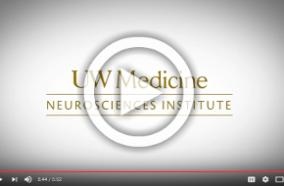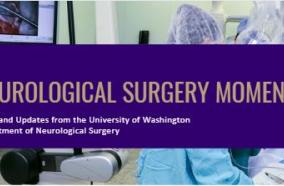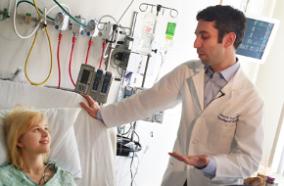Pain Anxiety Symptoms Scale-20: An empirical evaluation of measurement invariance across race/ethnicity, sex, and pain.
Pain Anxiety Symptoms Scale-20: An empirical evaluation of measurement invariance across race/ethnicity, sex, and pain.
Psychol Assess. 2020 Sep;32(9):818-828
Authors: Rogers AH, Gallagher MW, Garey L, Ditre JW, Williams MW, Zvolensky MJ
Abstract
Pain-related anxiety, defined as fear of pain and pain-related sensations, is a transdiagnostic individual difference factor associated with pain-related problems, addictive disorders, and physical impairment among nonclinical and clinical populations. Pain-related anxiety is most commonly measured using the Pain Anxiety Symptoms Scale-20 (PASS-20). It was hypothesized that the data would provide evidence for a higher order PASS-20 factor structure and this structure would be invariant across race/ethnicity and sex. Therefore, the current study examined measurement invariance of the PASS-20 across a large (n = 3,455) diverse sample (Mage = 21.49, SD = 4.24, 73.7% female, 33.5% Hispanic, 29.3% Asian/Pacific Islander, 22.4% White, and 14.8% Black/African American) of young adults. Results supported measurement invariance across all race/ethnicity and sex groups for the PASS-20 total score, but results were inconsistent for the lower order factors. The PASS-20 total score showed good internal consistency and evidence of convergent and divergent validity with established constructs. These results provide empirical support only for the higher order factor structure of the PASS-20 and support its use across race/ethnicity and sex. (PsycInfo Database Record (c) 2020 APA, all rights reserved).
PMID: 32463267 [PubMed - indexed for MEDLINE]

